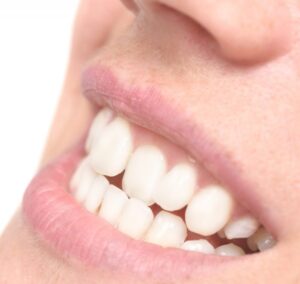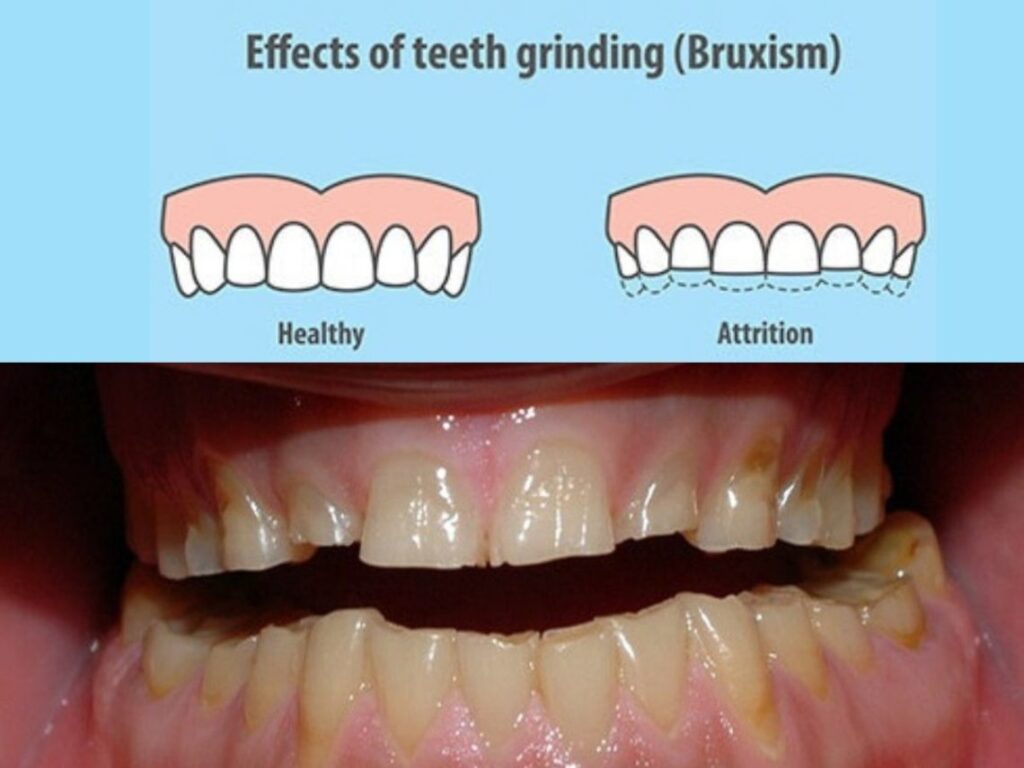
A bad bite, also known as malocclusion, occurs when the teeth do not align properly. This misalignment can have various impacts on the teeth, including:
1. Wear and tear: A bad bite can cause teeth to rub against each other unevenly, leading to excessive wear on certain teeth. This can result in chipped, cracked, or fractured teeth and may require restorative dental treatments.
2. Tooth decay: Malocclusion can make it difficult to properly clean the teeth and gums, as overlapping or crowded teeth create areas that are hard to reach with a toothbrush or floss. Inadequate oral hygiene can increase the risk of tooth decay and cavities.
3. Gum disease: Like tooth decay, a bad bite can contribute to the development of gum disease. Misaligned teeth make it more challenging to maintain proper oral hygiene, leading to a buildup of plaque and tartar along the gum line, potentially causing gum inflammation, bleeding, and periodontal disease.
4. Temporomandibular joint (TMJ) disorders: A bad bite can lead to uneven distribution of forces on the teeth causing excessive wear or premature contacts on certain teeth and misalignment of the jaw. Misaligned jaw can cause muscle strain and headache. Misaligned jaw can put excessive strain on the temporomandibular joints, which connect the jaw to the skull. This can result in TMJ disorders, causing jaw pain, jaw popping or clicking sounds, headaches, and difficulty in opening or closing the mouth. For example, deep bite, a condition referred to an excessive overlap of the upper and lower front teeth, is causing the lower jaw to close further back than it should. This could potentially lead to increased stress on the temporomandibular joint (TMJ) and great pain from the joints.
5.Grinding and clenching teeth, also known as bruxism, often occurs when the teeth are misaligned. The uneven bite leads to the body’s natural response of grinding the teeth to try to find a more comfortable position. This grinding can result in further misalignment as well as other dental issues: severe teeth wear, fractures, and muscle pain.

6. Speech difficulties and aesthetic concerns: Malocclusion can affect speech, as misaligned teeth can interfere with proper tongue movements and air flow, leading to lisps, slurring, or other speech impediments. A bad bite can impact the appearance of teeth, affecting one’s smile and confidence.
Fixing misaligned teeth can bring several benefits, including:
- Improved oral health and hygiene.
- Enhanced appearance and self-confidence
- Better bite and chewing function.
- Reduced risk of dental issues such as decay and gum disease
- Reduce emergency appointments and pain related to them.
To address the effects of a bad bite, orthodontic treatments such as braces, Invisalign or other clear aligners may be recommended. It is essential to consult a dentist or orthodontist who can assess the bite and provide appropriate treatment options to prevent further dental issues and improve oral health.


